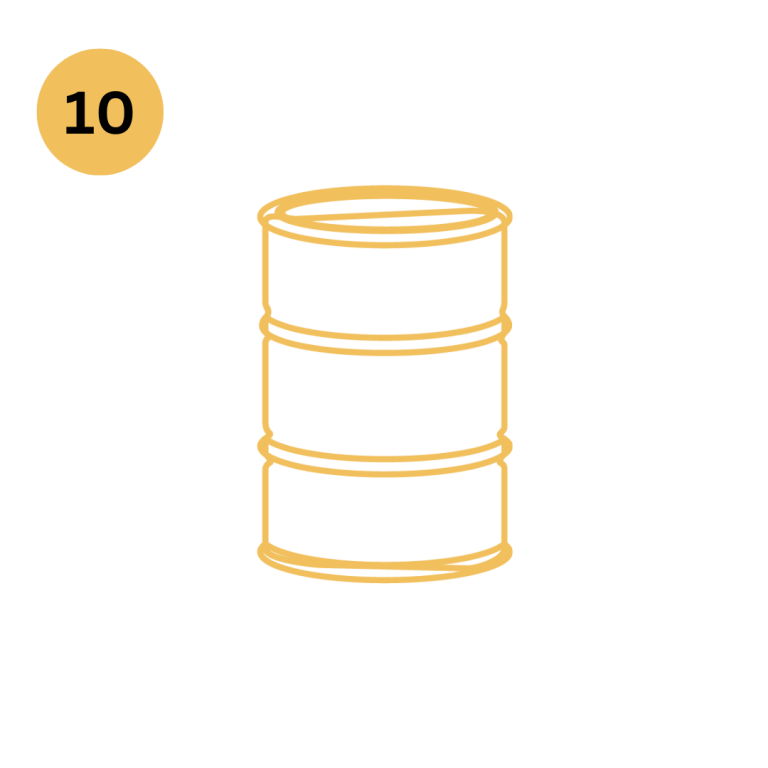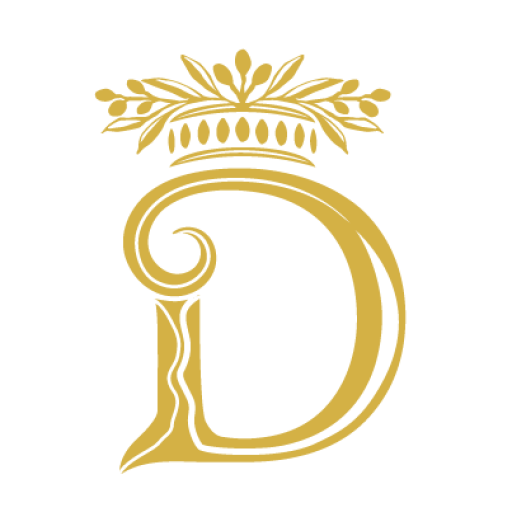The Process
Healthy soils Healthy Olives
Donika olive oil begins the annual harvest from the end of October (10/30/23), which lasts several weeks. In the early hours of the morning, using ladders, we meticulously pick our Kalinjot olives from the crowns of the trees, focusing on those that are most immersed in the sunlight. These carefully harvested olives are delicately placed in baskets, ensuring that they never come into contact with the ground.
In intervals of three hours, our pristine olives travel a short journey to our facility, continuing until mid-November (11/15/23). Upon arrival at our facilities, each batch undergoes a meticulous, scientific conversion process, transforming our exceptional olive fruits into our renowned Donika premium extra virgin olive oil. It is as follows below:

The harvested olives undergo systematic weighing upon arrival and are subsequently transferred to the processing facility.








Our unfiltered olive oil undergoes a natural steeping process within our underground stainless steel tanks, housed in a dark, temperature-controlled environment. Maintained at a consistent temperature (18-20 degrees), the oil remains undisturbed for three periods of 10 days each, totaling 30 days. During this time, gravity facilitates a self-cleaning process wherein the olive oil naturally separates from the final amounts of accumulated sediment at the bottom of the container. These last impurities are removed and is now the Donika Olive Oil you know and love.



